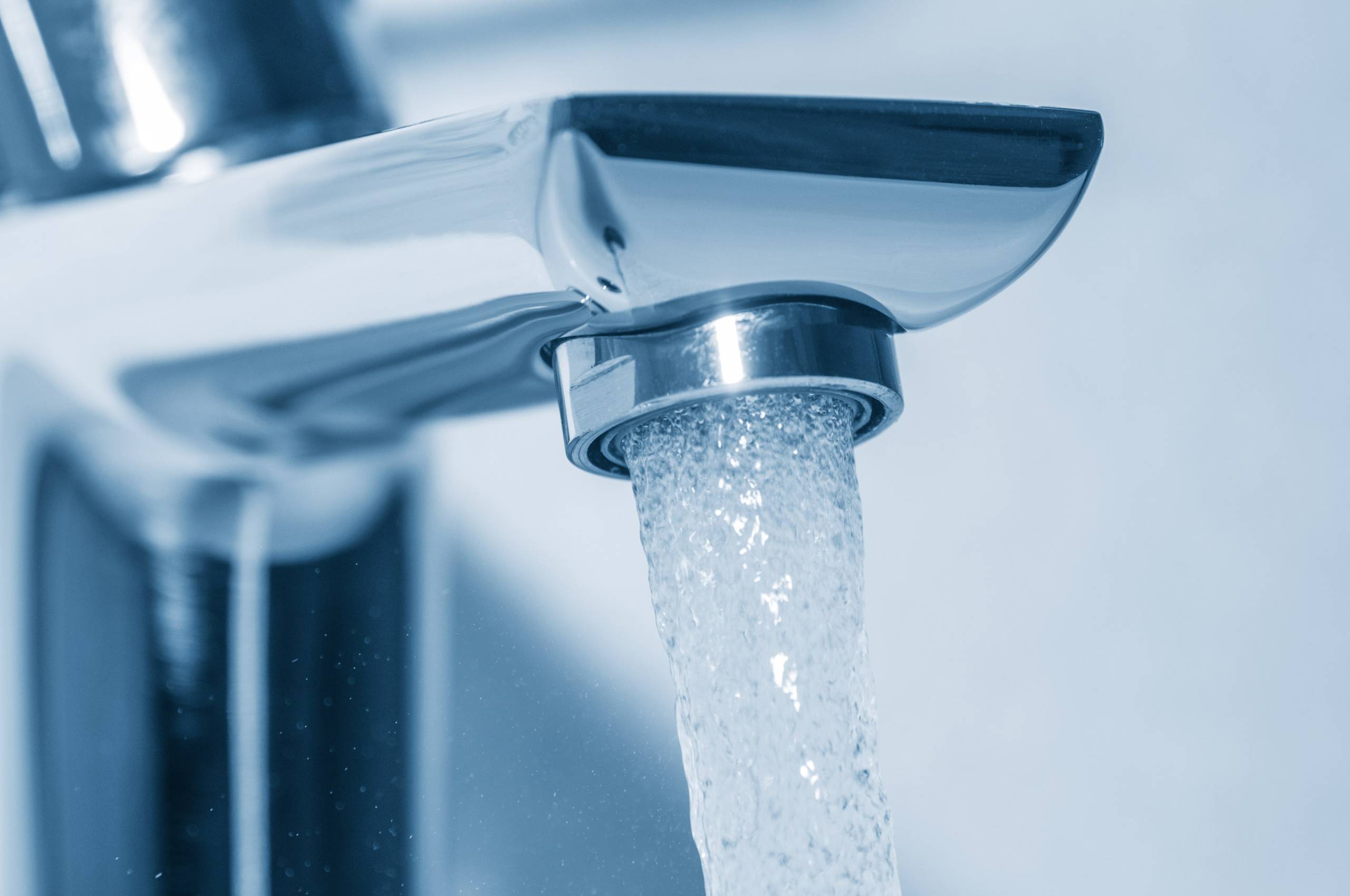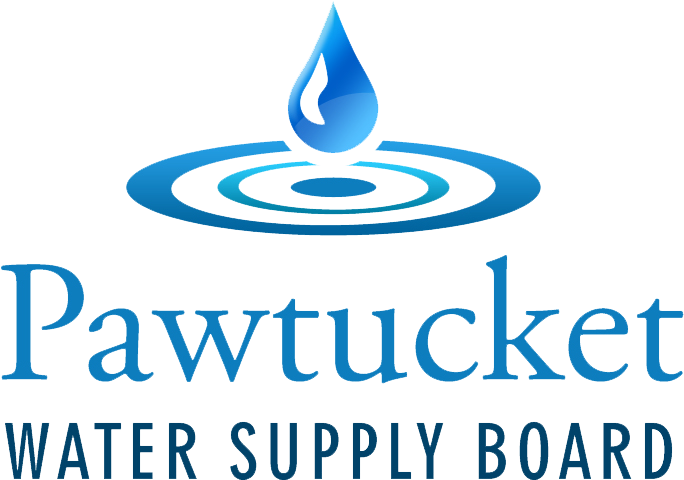Water Service Line Inventory

The EPA has set a new requirement for public drinking water providers to create and maintain a lead service line inventory which is accessible to the public. The purpose of this is to identify and remove all remaining lead drinking water pipes from use across the country.
Please click here to view the interactive map for the PWSB water system in a full-page window.
Please click here for instructions on how to view and understand the map
Continue to monitor this page for updates and additional information.
Lead Information
Lead can enter drinking water when plumbing materials that contain lead corrode, especially where the water has high acidity or low mineral content that corrodes pipes and fixtures. The most common sources of lead in drinking water are lead pipes, faucets, and fixtures. Homes with lead pipes that connect the home to the water main, also known as lead services lines, are typically the most significant source of lead in the water. Lead pipes are more likely to be found in older cities and homes built before 1986. Among homes without lead service lines, the most common problem is with brass or chrome-plated brass faucets and plumbing with lead solder.
The Safe Drinking Water Act (SDWA) has reduced the maximum allowable lead content — that is, content that is considered “lead-free” — to be a weighted average of 0.25 percent calculated across the wetted surfaces of pipes, pipe fittings, plumbing fittings, and fixtures and 0.2 percent for solder and flux.
Here at the Pawtucket Water Supply Board, we have fully removed and replaced all known lead service lines in the entire distribution system. However, it is still possible that the water pipes within your home could be made of lead. Find out if you have lead pipes in your home with the Protect Your Tap: A Quick Check for Lead guide . Protect Your Tap is an on-line step by step guide to learn how to find lead pipes, called service lines, in your home. It also provides tips about reducing exposure to lead in drinking water and how to get your water tested for lead and resources to learn more.
For more information, please follow this link to visit the EPA groundwater and drinking water website.
